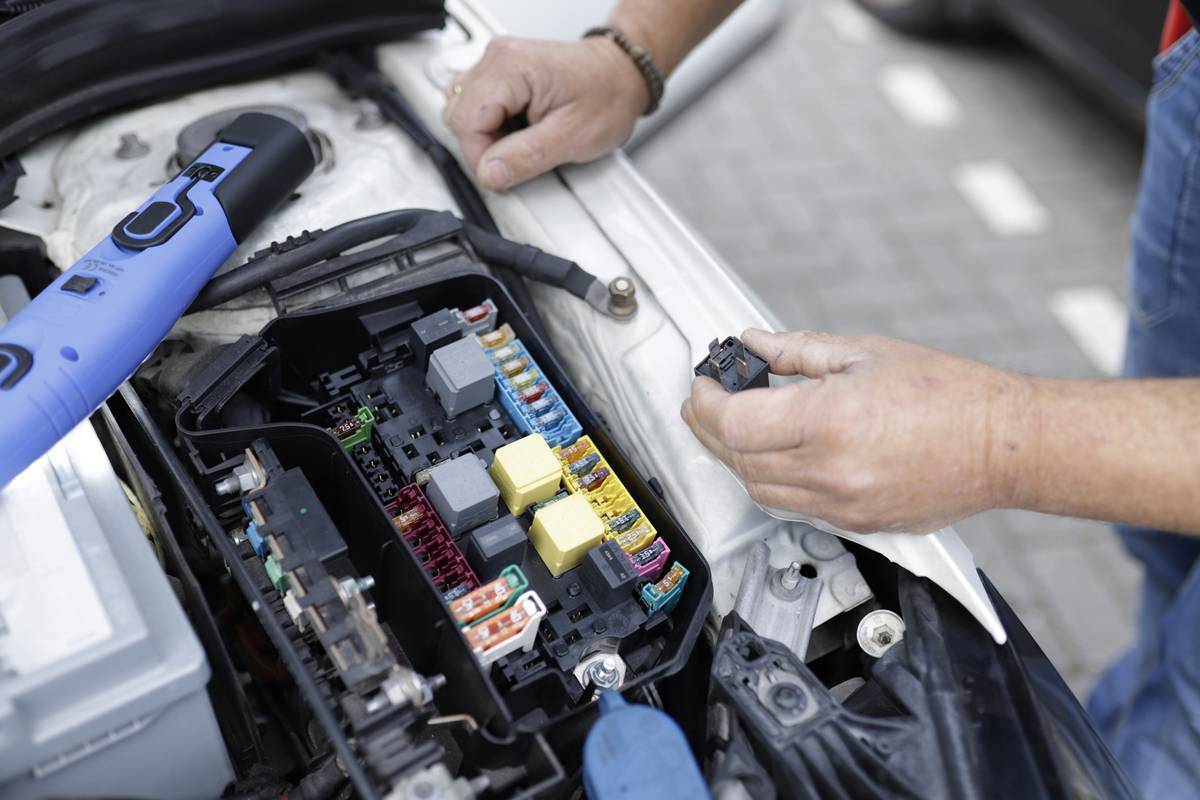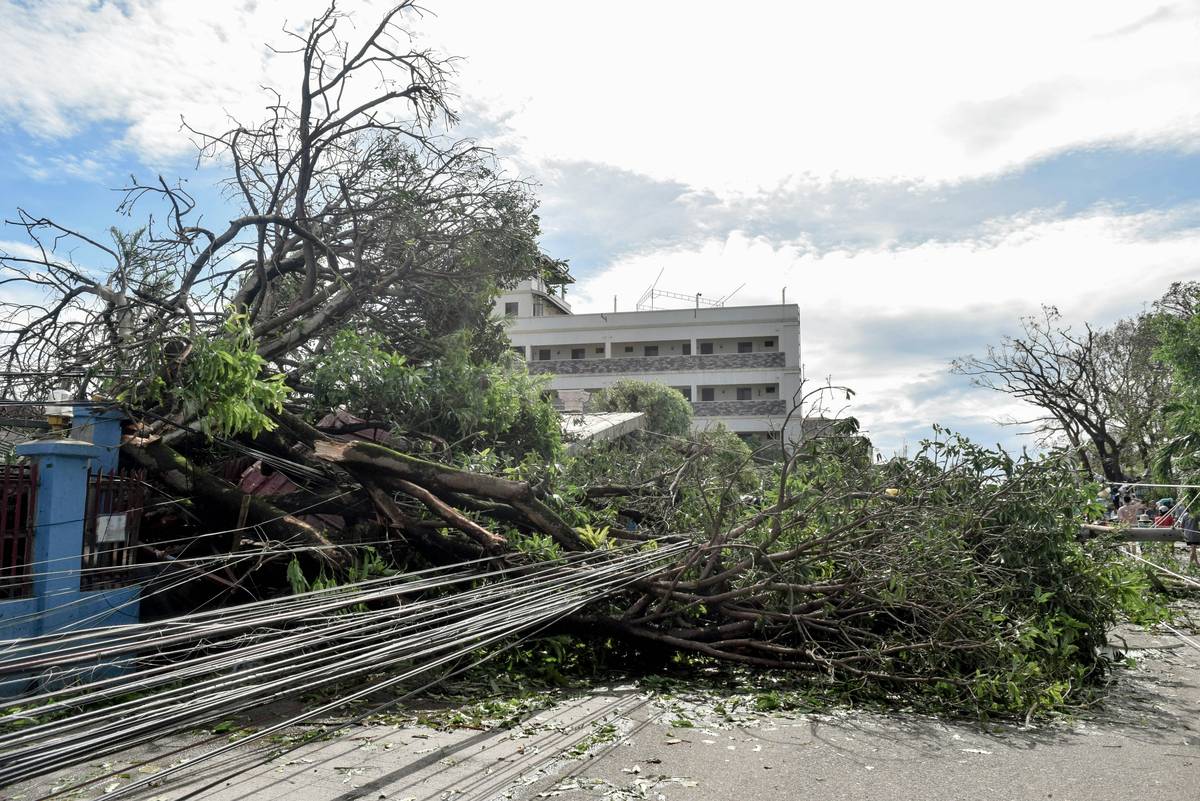“Did you know that a single hailstorm can cause over $1 billion in damages to homes and cars? Yet, most people only think about hail insurance AFTER the storm hits. Sound familiar?”
If you’ve ever stared at your roof after a hailstorm, wondering if it’s covered—or worse, realizing you’re not—you’re not alone. Navigating the hail insurance process might feel like trying to solve a Rubik’s cube blindfolded. But don’t worry; this guide will simplify everything.
Here’s what you’ll learn:
- Why hail insurance is a must-have (and why ignoring it is a terrible idea).
- A step-by-step breakdown of the hail insurance process.
- Tips and best practices for getting maximum protection.
- Real-life examples of people who nailed their claims (and those who didn’t).
Table of Contents
- Key Takeaways
- Why Hail Insurance Matters
- The Hail Insurance Process Explained
- 3 Proven Tips for Smarter Hail Insurance
- Success Stories & Warnings from Real Claims
- FAQs About the Hail Insurance Process
Key Takeaways
- Hailstorms are unpredictable but costly—insurance prevents financial chaos.
- Filing a hail insurance claim involves specific steps like documenting damage and working with adjusters.
- Poor preparation often leads to denied claims; proactive measures pay off big time.
- Shopping around ensures you get coverage tailored to your needs.
Why Hail Insurance Matters
Optimist You: “A little hail won’t hurt.”
Grumpy You: “Yeah, right… until you find yourself Googling ‘how to patch a leaky roof’ at midnight.”
Hailstorms are no joke—they wreak havoc on roofs, windows, vehicles, and more. In fact, one infamous 2008 hailstorm in Denver caused an estimated $1.4 billion in damages. Without proper coverage, homeowners could face bills larger than their annual mortgage payments.
I once skipped reviewing my policy details because I thought, “What’s the worst that could happen?” Spoiler alert: The worst happened. When hail battered my car last summer, my generic auto policy didn’t fully cover repairs. Lesson learned? Always check the fine print.

Figure 1: Severe hail damage to residential roofing.
The Pain Points
- Confusing jargon in policies leaves many unsure what’s covered.
- Rushed decisions during open enrollment result in inadequate protection.
- Lack of documentation makes filing claims unnecessarily hard.
The Hail Insurance Process Explained
So, how do you navigate the hail insurance process? Don’t panic; we’ve got you covered. Here’s a simple roadmap:
Step 1: Assess the Damage
First things first—inspect your property post-storm. Look for dents, cracks, and leaks. Grab your phone and document EVERYTHING. Photos are gold when dealing with adjusters later.
Pro Tip: Snap photos even if something seems minor. That tiny ding on your car hood? It adds up fast.
Step 2: Contact Your Insurance Provider
This step seems obvious, yet delays here cost people dearly. Call your provider ASAP. They’ll assign an adjuster to evaluate damages. Keep records of all correspondence—it’s key for tracking progress.
Step 3: Work with an Adjuster
An adjuster will visit your property to assess the damage. Be present during inspections to clarify doubts. If their estimate feels off, push back politely or hire a public adjuster for a second opinion.
Step 4: File the Claim
Once approved, submit your claim formally. Include repair estimates, receipts, and photos. Missing info can delay payouts.

Figure 2: An adjuster evaluating hail damage on a home’s siding.
Terrible Tip Alert!
Some blogs suggest waiting weeks before contacting your insurer to “save hassle.” Bad advice! Delaying invites disputes over pre-existing conditions.
3 Proven Tips for Smarter Hail Insurance
To ace the hail insurance process, follow these tips:
Tip #1: Upgrade Coverage Before Disaster Strikes
Don’t wait for storms to buy specialized coverage. Many policies exclude cosmetic damage unless explicitly stated otherwise.
Tip #2: Maintain Detailed Records
Your policy documents, inspection reports, and receipts should live somewhere safe (hello, cloud storage!). These are your lifeline during disputes.
Tip #3: Choose Reputable Repair Companies
Cheap isn’t always better. Vet contractors carefully—some may cut corners or overcharge thinking you’re desperate.

Figure 3: Vehicle damage inflicted by massive hailstones.
Success Stories & Warnings from Real Claims
Case Study #1: Sarah’s Smart Move
Sarah reviewed her homeowner’s policy every year. After spotting gaps, she upgraded to include full replacement value for her roof. Post-hailstorm, her insurer covered $20k+ in repairs without issues.
Warning Story: John’s Mistake
John assumed his basic car insurance included comprehensive hail coverage. Turns out, he needed endorsements. His $7k repair bill? Paid entirely out-of-pocket.
Moral of the story? Be proactive like Sarah—not reactive like John.
FAQs About the Hail Insurance Process
Q: How long does it take to process a hail insurance claim?
A: Typically 1-2 months, depending on workload and complexity.
Q: Can I make temporary fixes while waiting for the adjuster?
A: Yes! Just save receipts and inform your insurer to avoid complications.
Q: What happens if my claim gets denied?
A: Appeal with evidence like repair quotes or expert opinions. Consider hiring a public adjuster.
Q: Does renters’ insurance cover hail damage?
A: No, it usually covers personal belongings—not structural damage.
Conclusion
Navigating the hail insurance process doesn’t have to be stressful. With the right preparation, clear documentation, and savvy decision-making, you can protect your assets and peace of mind. Remember:
Optimist You: “With these steps, I’m ready for anything!”
Grumpy You: “Yeah, yeah—but seriously, stockpile coffee before diving into paperwork.”*
Stay informed, stay prepared, and stay ahead of the storm. Cheers to smooth sailing through hail season!
Random haiku moment:
Hail beats down so loud, My umbrella folds inward. Insurance saves day.


